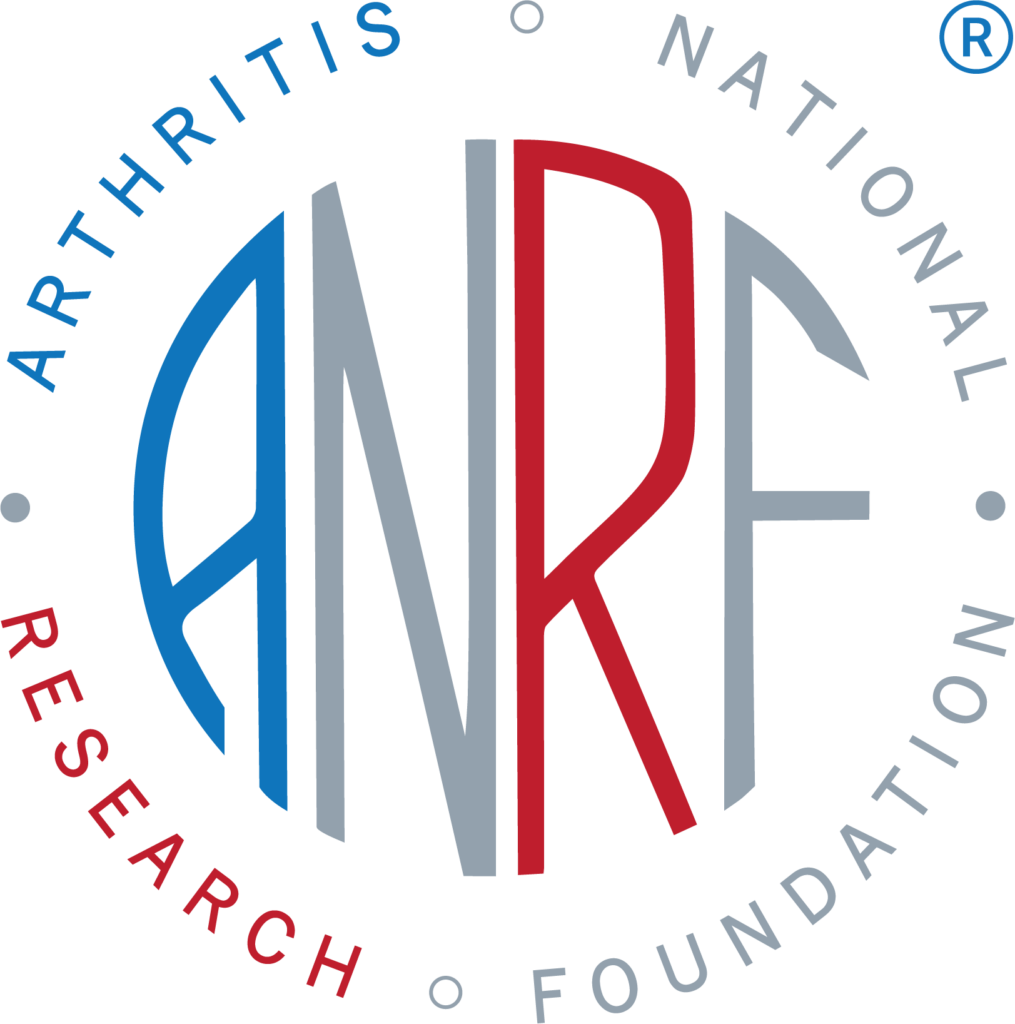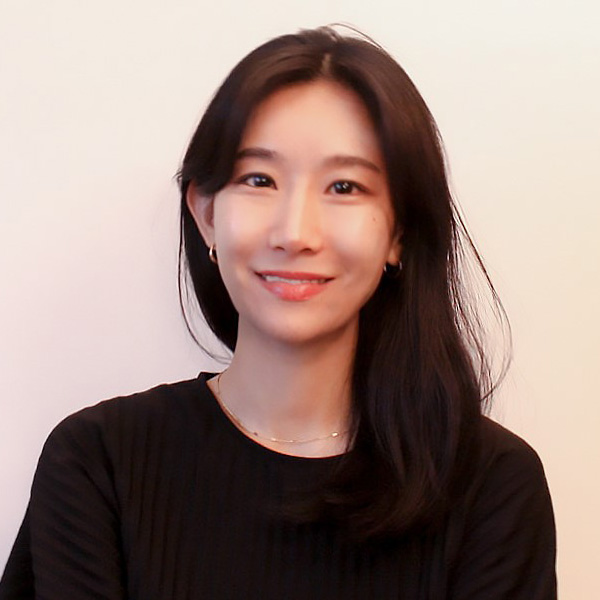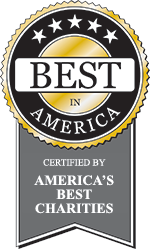Biography
My research experience and multidisciplinary academic training have provided me with a broad range of backgrounds in science and the ability to lead projects by developing multiple innovative approaches. For my postdoctoral training, the focus is on understanding the stem cell basis for both physiologic and pathologic bone formation and how aberrations in this process contribute to skeletal disease. Through this work, I have identified new types of skeletal stem cells, including a total of two stem cell types that interact to mediate calvarial formation in humans and mice, with results indicating that the calvarium contains multiple distinct stem cells and that altering the interactions among these stem cells is an unrecognized basis for calvarial diseases such as craniosynostosis. Based on this insight that bone has multiple stem cells, I am now focused on applying this concept to other skeletal sites, such as identifying the stem cells responsible for generating articular cartilage.
Research Summary:
Osteoarthritis (OA) impacts over 35 million adults, reducing their quality of life, mobility, and ability to work or conduct basic activities of daily living. Underlying this high clinical impact is the central cause that, in contrast to the rest of the skeleton that displays a remarkable ability to regenerate after injury, articular cartilage is unable to regenerate in adults. The reason for this remains unknown.
In preliminary studies, we have identified, for the first time, a true stem cell in mice that is capable of fully regenerating articular cartilage (the articular cartilage skeletal stem cell, acSSC). We have also identified a specific new cell type produced by this stem cell along the process it takes in generating articular cartilage (termed articular cartilage progenitors or ACPs). The amount of ACPs produced by acSSCs declines sharply after birth, leading to the hypothesis that acSSCs are the stem cell giving rise to articular cartilage and that acSSCs lose the ability to generate ACPs shortly after birth, thereby accounting for the inability of adults to regenerate articular cartilage.
Here we will address key questions enabled by this discovery, first providing that acSSCs represent true stem cells generating articular cartilage in the native bone environment, then determining whether acSSCs lose the ability to generate ACPs shortly after birth, thereby providing an explanation for why adults cannot regenerate articular cartilage, lastly, we will demonstrate that acSSCs can restore articular cartilage in a mouse model of established osteoarthritis.






